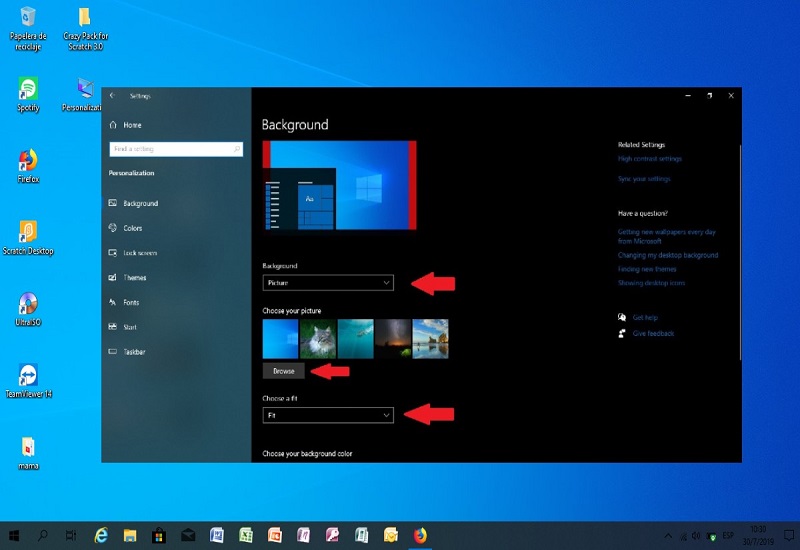Even the best of field technicians would not be able to fulfill their responsibilities to the expectation of clients and the company if they do not have full case history in hand or if they are consistently facing scheduling conflicts, or they have to take permission from their immediate superiors for every small decision they make.
While all of these affect technician productivity, they are accused most of the time for being unproductive or not working efficiently enough. The service industry is transforming rapidly and service engineers need better tools, well-knit processes, and greater support to meet the business requirements. Besides, since they are the one who mostly engages in face-to-face communication with customers, they carry the company’s reputation on their shoulders.
Today, field service companies have to work on many fronts to register success in the competitive landscape and technicians have to play a crucial role in that. Companies need to make sincere efforts to remove roadblocks from technician’s paths to productivity to increase bottom-line performance and win more customers.
Here are the 5 most effective ways how service-focused businesses can improve technicians’ productivity and drive revenue growth and profitability.
- Create Shorter Workflow to Reduce Response Time
Do we expect too much from our technicians?
While it can’t really be confirmed for businesses, customers do expect technicians to be equipped with modern technology to resolve their issues in time. According to a survey, 89% of customers want service technicians to use modern technology solutions to resolve their issues.
Also, the big technology companies led by Amazon provide outstanding customer service experience. Customers today are accustomed to living in the “now” moment, giving very little to the service company between complaint registration and service resolutions. All of these expectations are generally born by the service technicians.
It is necessary for the service companies to review their entire service resolution cycle to see how they can speed up the cycle. In the process, they might need to remove redundant tasks, free up technicians from unnecessary administrative tasks, and provide them visibility into their schedules to plan their day effectively.
- Set Up Robust Processes
A process sets up the foundation of how your technicians respond to resources, your business, and customers to transform an input into output. It is a passage from Point A to Point B. How conveniently, accurately, and effectively inputs move through the passage determine the success of the transformation.
As your field teams interact with most of these inputs at different milestones in the passage, it is necessary that they are fully supported with resources to execute the task. This support could be information or tools or time, depending upon the requirements. If not done so, even the best of field technicians would not be able to complete the task to the expectation of clients and the company.
- Make Knowledge Accessible 24X7
Do not leave your service technicians at the site on their own. Support them with a robust knowledge system, allowing them to access critical documents and service manuals in the site to resolve the issue quickly and be more productive. Create a 24X7 accessible knowledge management system to capture the expertise of veterans, with detailed information including photos and videos of errors and faulty codes in equipment and how technicians have resolved them.
For instance, using a cloud-based field service mobile app enables the technician to access critical information related to the task such as customer information, associated maintenance contracts, inventory information, and technical direction to complete the job.
- Provide Infrastructural Support
How should infrastructure support field service teams?
Here, we need to look at the field team requirements from the lens of infrastructure-heavy industries operations and growth. As most of the asset-intensive industries are increasing their capabilities around IoT, mobility, and cloud solutions, the service industry has no option other than to update their infrastructure to comprehend the MRO requirements in these industries.
They need tangible support with respect to the accessibility and viability of an infrastructure to perform maintenance functions. This support could be in the form of a digital ecosystem that allows quick transfer of information and event support from the diagnosis of a problem till successful completion.
How Data-Driven Methods May Help
IoT-driven data models can be used to spot maintenance risks on equipment. The changes in data patterns or specified indicators of anomalies in the equipment could trigger the operations team to take action—varying from visual inspection and scheduled tests to physical maintenance.
The case would get automatically registered in the CMMS system and the service manager would create a work order for the maintenance function. Multiple tasks could be created on that work order and then assigned to skilled technicians, all within the minutes of the diagnosis of the problem.
Now this CMMS system is integrated into a field service software, which has a database of all the field service technicians, vendors, and customer information. It scans the database to find out the best technician for the job in terms of availability and skills and allows the service manager to assign the task to a technician in the field. As the task is assigned, the field service technicians would get a new job alert on a mobile app.
Whereas the field service manager in the office can further track the current status of the task, recommend the best route using location intelligence technologies integrated with the mobile app, and track their visit-in and visit-out time.
Now all this data of maintenance functions is being recorded in the web-based app, which could be accessed anytime for future reference purposes. Imagine the kind of impact it will make on the impact productivity of field service technicians.
- Technician Enablement
Right training combined with right enablement could make your novice field service technicians become fully operational faster and help veterans to maximize their potential. Proper technician enablement focused on empowering technicians with next-generation technologies such as IoT, mobility and cloud solutions, and data analytics can reduce the barriers to high-impact work.
Read More: Things to Do If Your Mobile iPhone screen broken
Call to Action
Service technician productivity directly depends on how empowered they are to resolve the customers’ issues. In order to have highly productive technicians, you must empower them with tools to identify problems quickly and use customer-friendly means to resolve them.




























